Cattle yards, a vital component of any livestock operation, serve as the nucleus for managing cattle. Efficiently designed yards not only ease the handling of livestock but also enhance safety for both animals and handlers. This guide delves into the key aspects of optimizing and managing cattle yards for a seamless and productive farming experience. Remember, a well-managed cattle yard isn’t just a functional space; it’s an investment in your farm’s future, ensuring the well-being of your animals and the success of your operation. Explore our guide today and transform your cattle yard into a hub of efficiency and safety.


















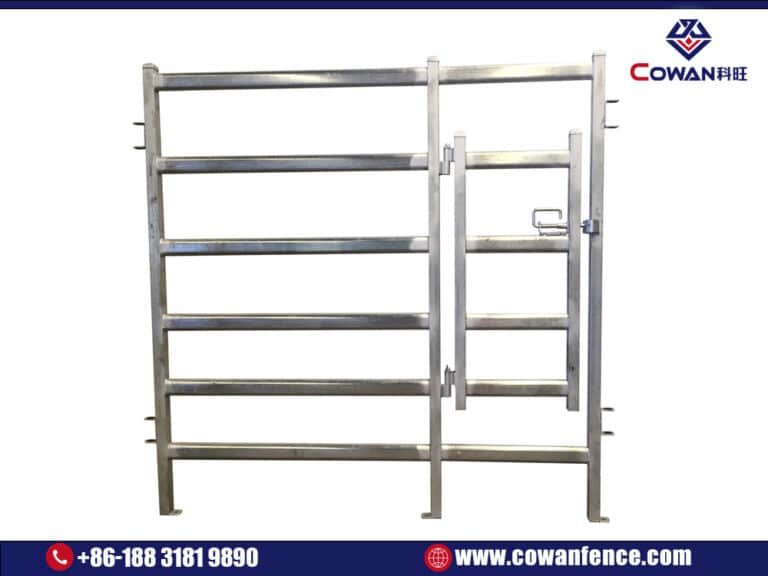


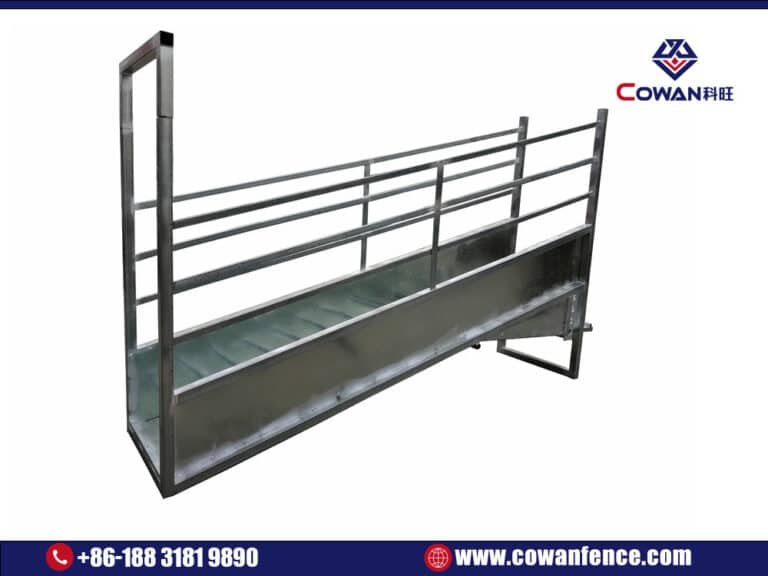


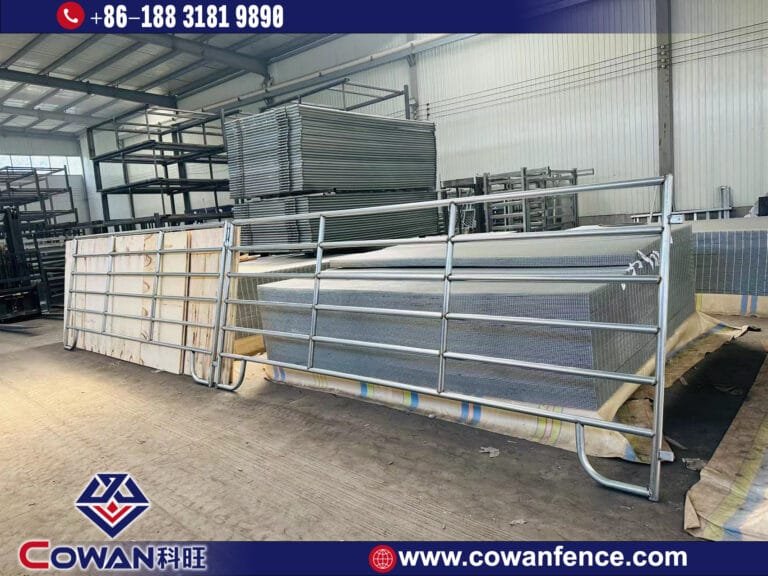
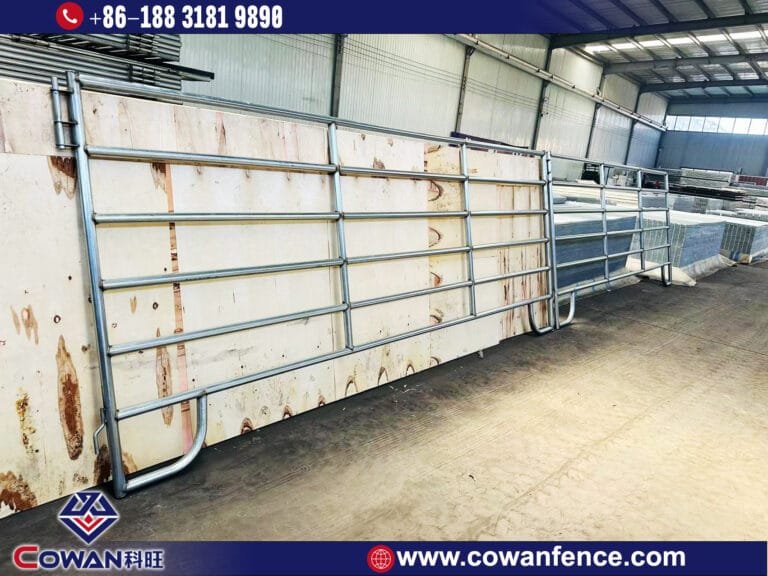



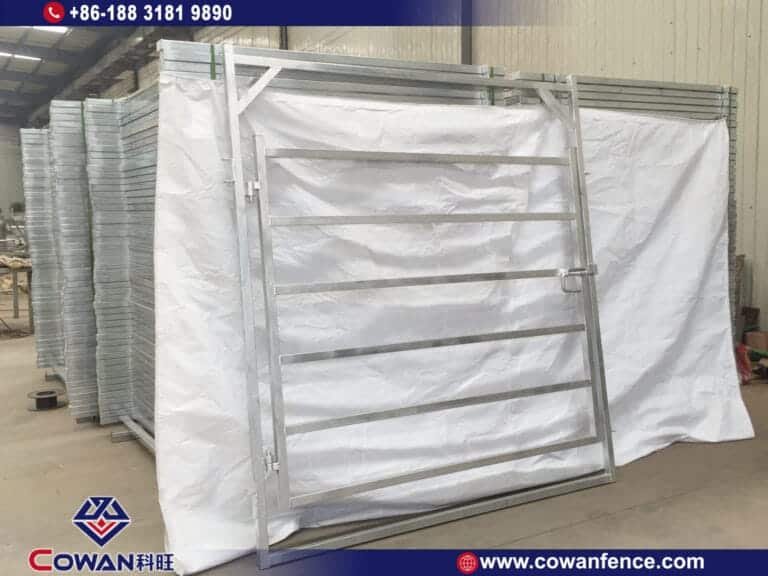

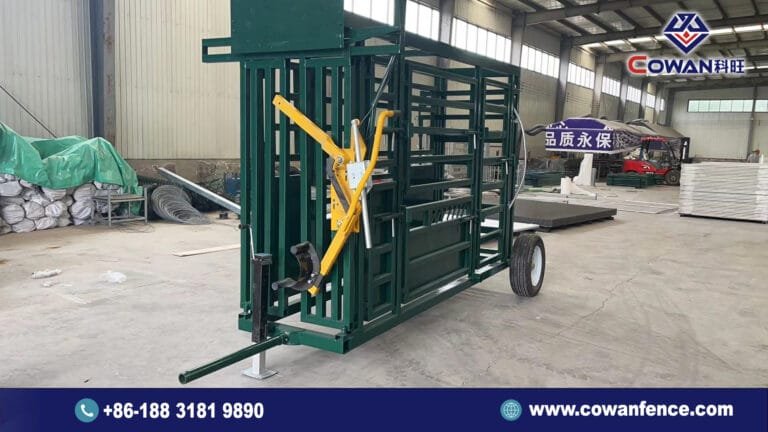





Efficient waste management systems maintain cleanliness and hygiene within the yards, reducing the risk of infections among the cattle.





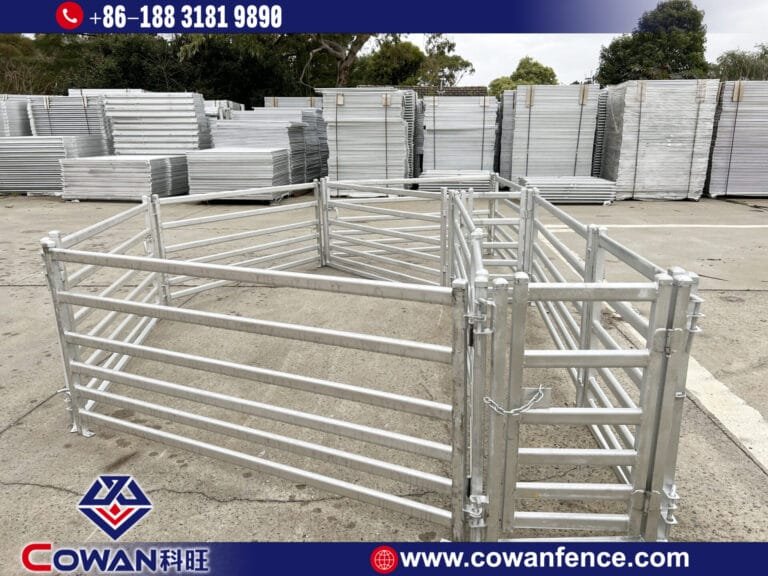

Cattle yards, irrespective of farm size, streamline cattle management, ensuring safety and efficiency.
Galvanized steel or wooden posts with strong wire mesh are commonly used materials for sturdy fencing.
Regular cleaning, ideally every few weeks, helps maintain hygienic conditions in cattle yards.
Yes, modular designs allow for easy expansion based on farm requirements.
Local regulations might stipulate specific guidelines for construction; consulting with local agricultural authorities is advisable.
Soft, ambient lighting reduces stress for cattle and aids in easy navigation without disturbing their natural rhythms.
